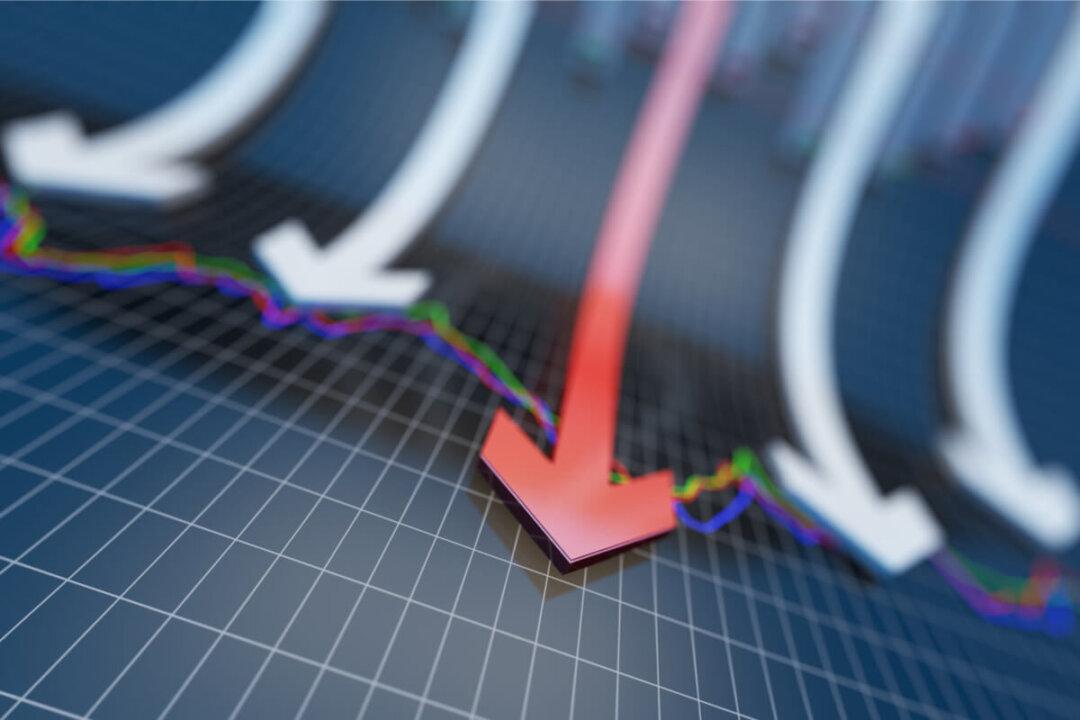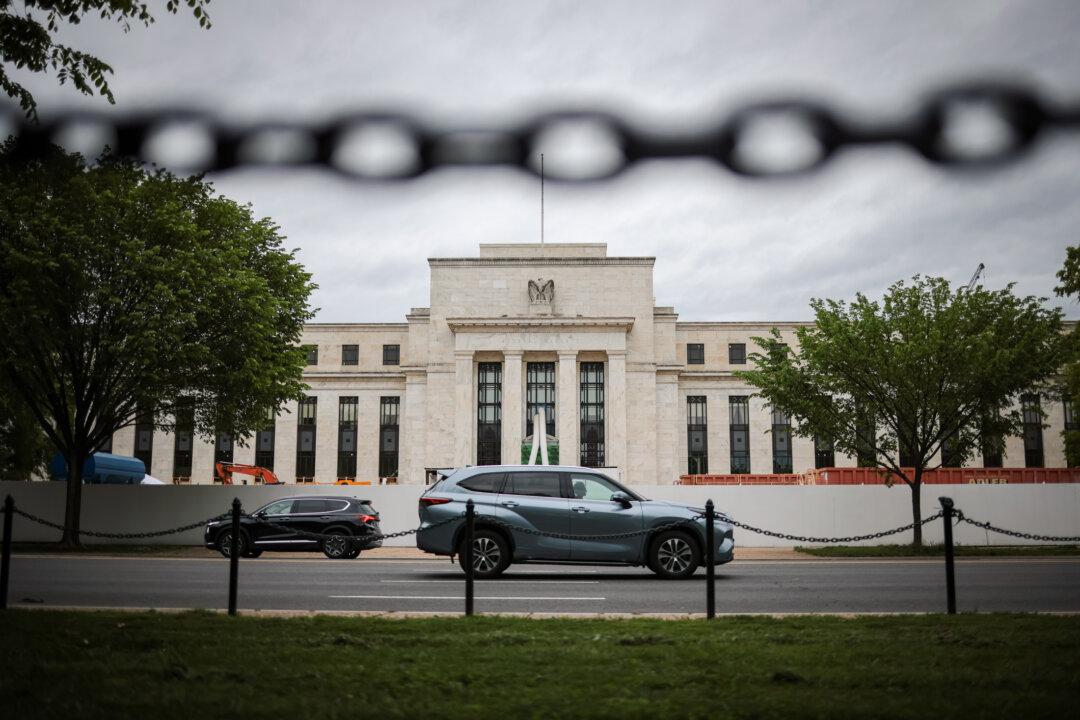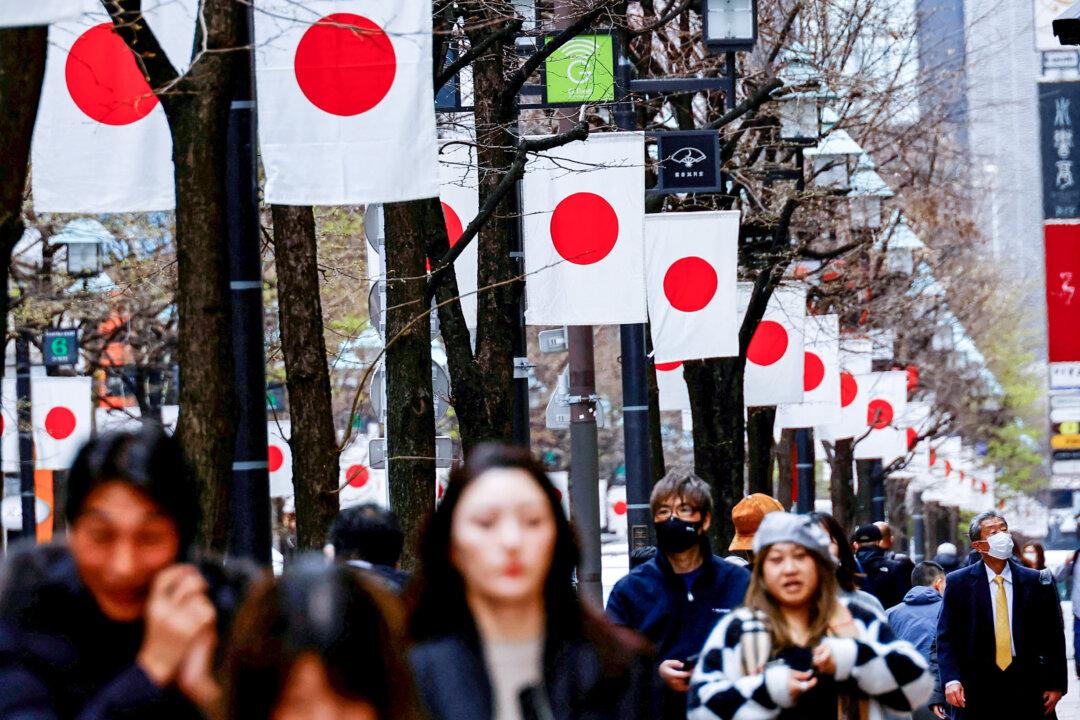Commentary
The most threatening thing for the market and economy is no doubt the upcoming rate hike. A rate hike per se is not something scary, but a series of actions can ultimately lead to recession. True, the yield curve is still steep based on the most predictive tenors 30-year or 10-year minus 3-month. Yet as the Fed hikes 50 or even 75 basis points every meeting, the front end of the curve will soon reach 2 percent to 3 percent or even higher. Even the inflation uptrend will continue to top up the backend, the bearish outlook might pose an opposite force rendering the curve to flatten and finally invert.





